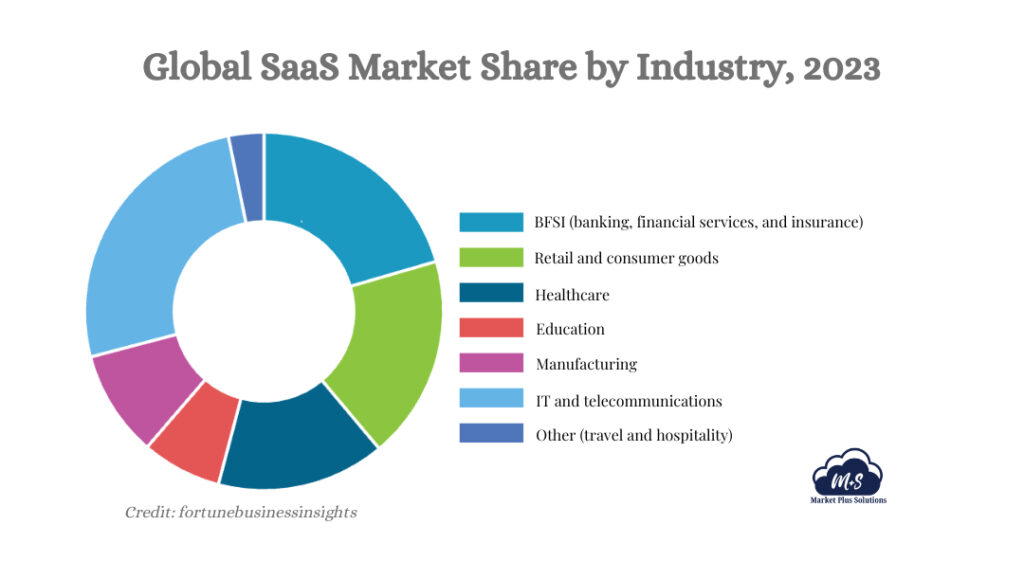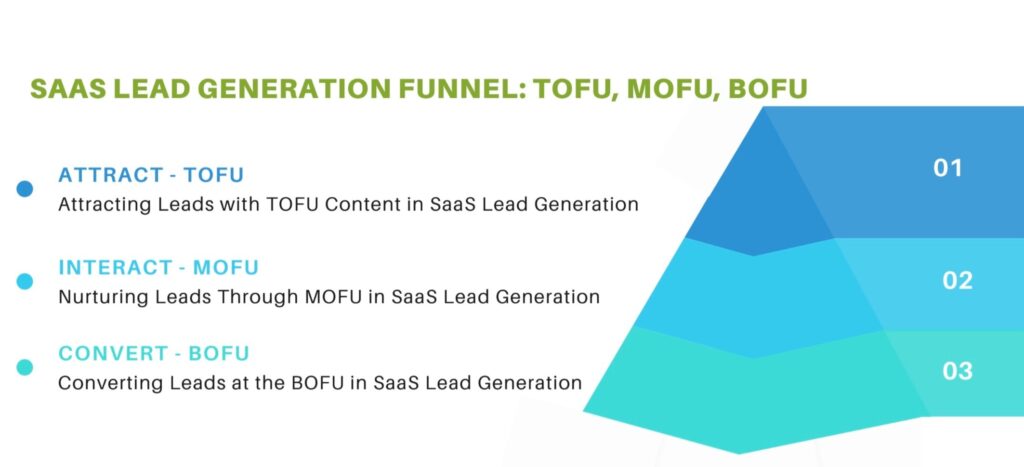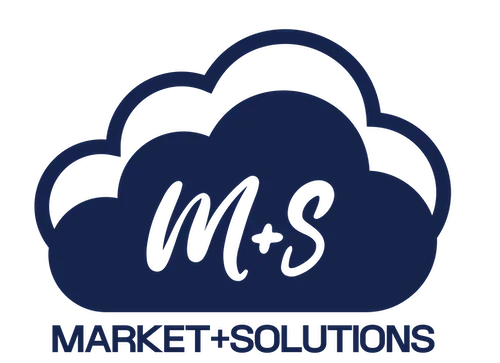SaaS Lead Generation
How Is Your SaaS Lead Generation Evolving?
Lead generation, particularly in driving web traffic, presents unique challenges within the SaaS sector.
However, with a strong foundation in digital marketing and a passion for the services or products your small business provides, lead generation becomes a much more achievable goal.
In this blog, we’ll explore how to build a scalable lead generation funnel that not only meets your current needs but also grows alongside your business.
Whether you’re just starting or planning to expand, this guide offers valuable insights for startups, micro-businesses, and small businesses looking to develop a robust strategy for sustainable growth.
Introduction: SaaS Lead Generation for Small Businesses
Think back to when SaaS (Software as a Service) was primarily associated with industry powerhouses like Salesforce, Microsoft, Adobe, Oracle, and IBM.
Those days are behind us!
While these giants remain influential, the SaaS landscape has evolved significantly.
Today, startups, micro-businesses, and small enterprises aren’t merely surviving—they’re thriving and establishing their own foothold.
So, what helps a SaaS business truly stand out?
Often, it’s a scalable lead generation funnel.
For any SaaS business targeting growth, a well-designed funnel doesn’t just attract leads; it nurtures them throughout the buying journey, converting them into loyal, paying customers.

SaaS Statistics
The SaaS industry has experienced extraordinary growth, presenting substantial opportunities for both new entrants and established players aiming to scale their operations. The following statistics highlight the market’s vast potential and its continual evolution:
- By 2025, 85% of business applications are projected to be SaaS-based. (BetterCloud)
- Public cloud spending is anticipated to exceed 45% of all enterprise IT spending by 2026. (Gartner)
- The AI SaaS market is forecasted to grow from $73.8 billion in 2020 to $1.5 trillion by 2030, marking an unprecedented shift toward AI-driven solutions. (Verified Market Research)
- The average SaaS company today serves around 36,000 customers; for public SaaS companies primarily targeting SMBs, this figure climbs to 85,000. (SaaStr)
- SaaS is increasingly recognized as the critical technology for driving business success. (Exploding Topics)
- By the close of 2024, 99% of companies are expected to be using at least one SaaS solution. (SaaS Academy)
- Young companies (1-2 years old) start with an average of 29 SaaS apps—a number that rises sharply to 103 apps as they mature to 3-6 years. (BetterCloud)
These numbers underscore the exponential growth trajectory within the SaaS sector, emphasizing its role as a foundational technology for business advancement.
SaaS Lead Generation Funnel: TOFU, MOFU, BOFU
The TOFU, MOFU, and BOFU funnel remains one of the most effective strategies for SaaS lead generation. Yet, many small SaaS businesses struggle to fully leverage its potential. In contrast, SaaS companies that understand and strategically apply this funnel often set themselves apart, emerging as industry leaders. A typical SaaS lead generation funnel comprises three critical stages:
- Top of the Funnel (TOFU): This stage is all about attracting potential customers who may not yet know about your product. The goal here is to build awareness and draw in a broad audience.
- Middle of the Funnel (MOFU): At MOFU, the focus shifts to engaging and nurturing prospects who have shown interest in your solution. Here, providing valuable information and building trust are key.
- Bottom of the Funnel (BOFU): The final stage aims at converting these nurtured leads into paying customers, often by addressing their specific needs and demonstrating the tangible value of your solution.
The strength of a successful SaaS lead generation funnel lies in creating a seamless flow from TOFU to BOFU, ensuring that prospects are guided through each stage with carefully crafted, relevant content and strategic interactions. As we dive deeper into each part of this funnel, you’ll gain actionable insights on how to effectively manage each stage. Let’s get started!
Understanding Your Audience and Defining Buyer Personas
The cornerstone of a successful lead generation funnel is a comprehensive understanding of your target audience.
Developing well-rounded buyer personas, even if they start as broader profiles, is crucial. These personas should encompass the following elements:
- Demographics: Identify key aspects such as age, job title, industry, company size, and other relevant demographic information.
- Pain Points: Pinpoint the specific challenges your target audience faces, particularly those that your SaaS product is uniquely equipped to address.
- Goals: Gain insight into the objectives potential customers are striving to meet and how your solution aligns with their aspirations.
- Behavior: Observe how they research and make purchasing decisions, including preferred channels and content types.
By clearly defining your buyer personas, you can craft messaging and content that resonates with your audience at each stage of the funnel, significantly enhancing the impact of your lead generation strategy.

Attracting Leads with TOFU Content in SaaS Lead Generation
To effectively attract potential leads unfamiliar with your brand or product, the Top of the Funnel (TOFU) stage in SaaS lead generation focuses on broad-reaching strategies that build awareness and drive engagement:
- Content Marketing: Develop high-quality, informative content that addresses the pain points and interests of your target audience. This could include blog posts, eBooks, whitepapers, and how-to guides. Optimizing content for SEO is essential in SaaS lead generation to increase organic traffic and improve visibility.
- Social Media Engagement: Share content on platforms where your target audience is active. Engage directly by responding to comments and questions, building a community around your brand. Paid social ads can further extend your reach, making it easier to attract new leads and boost your SaaS lead generation.
- Webinars and Educational Videos: Hosting webinars or creating educational videos allows you to share valuable insights and capture contact information, positioning your brand as a trusted authority within SaaS lead generation.
- Lead Magnets: Offer resources like templates, checklists, or industry reports in exchange for email addresses. This strategy not only captures leads interested in your content but also strengthens your SaaS lead generation.
Nurturing Leads Through MOFU in SaaS Lead Generation
After drawing leads through TOFU content, the Middle of the Funnel (MOFU) in SaaS lead generation focuses on nurturing these leads, building relationships, and guiding them closer to a purchase decision. Effective MOFU strategies include:
- Email Marketing: Design targeted email campaigns to align with the prospect’s buyer journey stage. Segment your list based on behavior and interests to deliver personalized messages that enhance SaaS lead generation.
- Lead Scoring: Implement a lead scoring system to prioritize leads based on engagement level and purchase readiness, allowing your sales team to focus on high-potential prospects and optimize the SaaS lead generation.
- Case Studies and Testimonials: Share success stories and testimonials from current clients to build trust and showcase the value of your SaaS product. Real-world examples can be particularly influential in SaaS lead generation, helping prospects make confident decisions.
- Product Demos: Offering live or on-demand product demos enables leads to experience your SaaS solution in action, further enhancing your SaaS lead generation efforts by showing how your product meets their needs.
Converting Leads at the BOFU in SaaS Lead Generation
Building a foundation at TOFU and MOFU is critical, but converting leads into paying customers happens at the Bottom of the Funnel (BOFU) in SaaS lead generation. At this stage, a seamless and compelling purchase experience is key:
- Free Trials and Freemium Models: Providing a free trial or freemium version allows leads to experience your product firsthand. Excellent customer support during this stage is crucial for SaaS lead generation success, as poor support can hinder conversions.
- Sales Follow-Up: For leads showing interest in a trial or demo, a timely follow-up from your sales team can be highly effective. Personalized emails help re-engage leads, while balanced outreach is vital for positive SaaS lead generation.
- Pricing Page Optimization: A clear, well-organized pricing page is essential for conversions. Ensure that options and features are presented transparently. Offering customized solutions for specific needs can enhance the appeal of your offerings, rounding out a strong SaaS lead generation.
SaaS Content Marketing: TOFU, MOFU, BOFU
The TOFU, MOFU, and BOFU stages are foundational elements of an effective SaaS lead generation funnel. Yet, many small businesses, micro-businesses, and startups often overlook their value or implement them without fully understanding their impact. No matter the SaaS product, this funnel is essential for strengthening your lead generation and conversion strategies in the SaaS landscape.
For many small businesses, limited resources can hinder the ability to focus on TOFU—the stage that sets the foundation for the success of MOFU and BOFU in SaaS lead generation. Given the expertise and time required for digital marketing, partnering with a specialized agency can be a strategic solution for businesses looking to optimize their funnel.
If you’re ready to collaborate with an agency that understands the unique challenges of small business SaaS, we invite you to connect with us. Our team is here to help you optimize your SaaS lead generation funnel and drive sustainable growth.
Automating and Expanding Lead Generation Channels
Automation and continuous optimization are crucial in SaaS lead generation. These strategies save time, reduce costs, and improve efficiency while opening up new opportunities for generating leads. Here are key ways to automate and expand your lead generation efforts:
- Marketing Automation Tools: Investing in marketing automation tools can yield significant returns, especially if you have a strong pipeline of cold and warm leads to nurture. Automation enables high-volume lead management while maintaining personalization, which is essential for successful SaaS lead generation.
- Analytics and Reporting: Regularly track key metrics such as lead conversion rates, customer acquisition cost (CAC), and customer lifetime value (LTV). Analyzing these metrics helps identify bottlenecks in your SaaS lead generation funnel and allows for data-driven improvements.
- Paid Advertising: If budget allows, consider running PPC campaigns on platforms like Google, LinkedIn, or Facebook to drive targeted traffic to your landing pages. Paid advertising is an effective way to reach new audiences quickly and can enhance search engine visibility, further supporting your SaaS lead generation.
Conclusion: Building a Scalable SaaS Lead Generation Funnel
Creating a scalable SaaS lead generation funnel is an ongoing journey requiring strategic planning, continual optimization, and a commitment to adding value at every step of the customer journey. By structuring your funnel into the Top of the Funnel (TOFU), Middle of the Funnel (MOFU), and Bottom of the Funnel (BOFU) stages, you can execute more organized, efficient campaigns while gaining deeper insights into your audience’s needs. This approach allows you to tailor content strategically and track prospects as they progress through each stage.
Scalability lies in efficiency and adaptability. By consistently testing, refining, and expanding your lead generation processes, you establish a growth engine capable of propelling your SaaS business forward for years to come.

